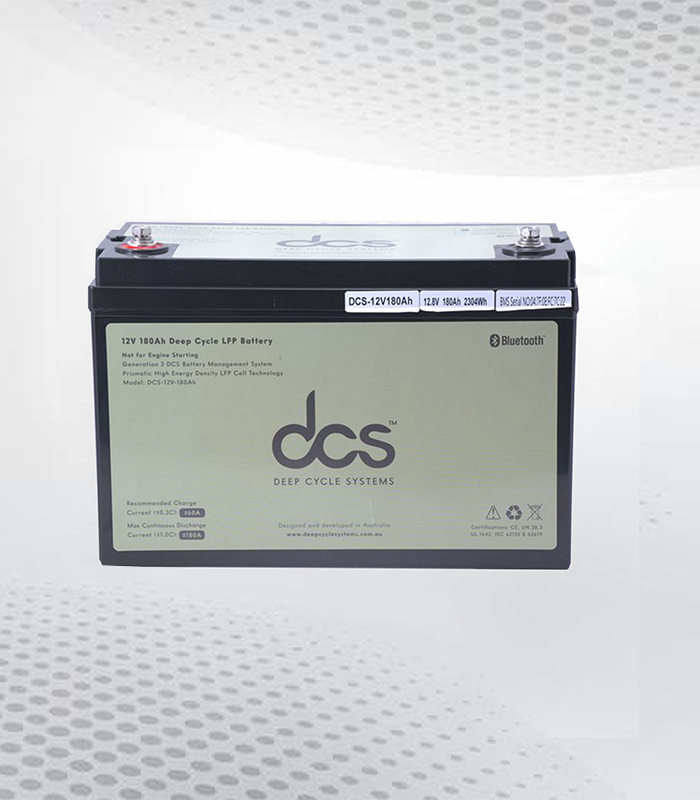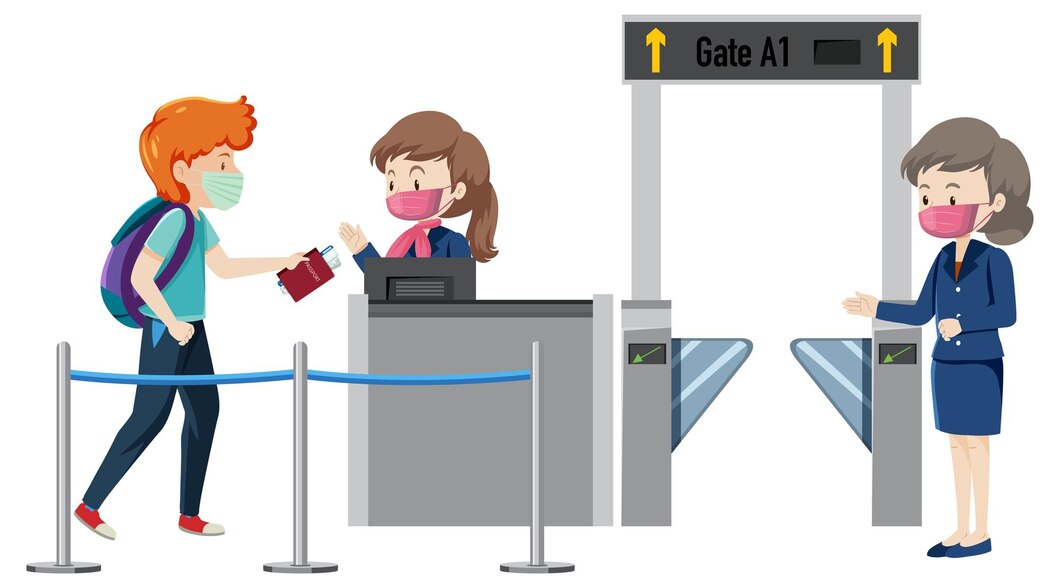Drones have become more than just a hobby; they are essential tools for professional photographers, filmmakers, and even businesses. Whether you’re capturing breathtaking aerial shots or conducting high-tech inspections, a drone’s performance heavily depends on one critical factor: the battery. The right battery ensures longer flight times, stability, and safety. In this article, we explore how to choose the best batteries for drones and maximize its efficiency, so your drone stays in the sky longer and performs at its peak.
What Powers Your Drone: A Closer Look at Drone Batteries
Types of Drone Batteries
When it comes to powering drones, not all batteries are created equal. The type of battery you choose directly influences how your drone performs. Here’s a breakdown of the most commonly used batteries:
- Lithium Polymer (LiPo) Batteries: These are the most popular drone batteries due to their high energy density and lightweight construction. LiPo batteries provide more power for longer durations and are widely used in both consumer and professional drones.
- Lithium-Ion (Li-ion) Batteries: While Li-ion batteries have a slightly lower energy density than LiPo batteries, they are known for their durability and longer lifecycle. These batteries are typically used in high-end drones.
- Nickel Metal Hydride (NiMH) Batteries: Less common in drones but still worth mentioning, NiMH batteries are heavier and offer lower energy efficiency. However, they are more environmentally friendly and less prone to safety risks.
Understanding Battery Ratings
To choose the right battery for your drone, it’s important to understand key ratings:
- Capacity (mAh): This rating indicates how much energy the battery can store. A higher capacity means longer flight times.
- Voltage (V): Voltage determines how much power the battery can deliver at once. Higher voltage equals more thrust but can also cause more wear on the drone’s motor.
- Discharge Rate (C Rating): The C rating tells you how fast a battery can safely discharge its energy. For drones, a higher C rating is better for high-speed flights or aggressive maneuvers.
Selecting the Perfect Power Pack for Your Drone
Choosing the right battery depends on the type of drone you’re flying, how you use it, and your specific needs for flight duration and performance.
Matching Battery to Drone Size and Type
Small drones require smaller batteries, typically with lower capacity and voltage, as their power needs are minimal. However, professional drones, especially those used for photography or mapping, demand higher-capacity batteries for extended flight times. Racing drones, on the other hand, prioritize power and speed, requiring batteries with higher discharge rates.
Battery Compatibility: Avoiding Costly Mistakes
Using a battery that isn’t compatible with your drone can lead to inefficiencies or even damage. Always check the manufacturer’s recommendations to ensure you’re using a battery with the correct voltage, capacity, and discharge rate. Using an incompatible battery may not only reduce your drone’s performance but could void the warranty or cause malfunctions.
Balancing Flight Time and Weight
Drone batteries are a balancing act between power and weight. A larger battery with a higher capacity will extend your flight time, but it also adds weight, which can impact the drone’s agility and efficiency. It’s important to strike a balance that allows for optimal flight time without overburdening the drone.
Maximizing Battery Life and Efficiency
Even the best batteries won’t perform well without proper care and maintenance. Here are some tips to ensure you get the most out of your drone batteries:
Charging and Storing Drone Batteries
Proper charging and storage practices are essential for maintaining battery performance and longevity. Always use a charger that’s specifically designed for your battery type. Overcharging or undercharging can degrade battery life. Most drone batteries should be stored at around 50% charge in a cool, dry place if not being used for an extended period.
Maintenance Tips to Boost Longevity
Regular maintenance can extend your battery’s lifespan. This includes cleaning the battery terminals to ensure a good connection, visually inspecting the battery for signs of wear or damage, and regularly cycling your batteries (fully charging and discharging) to maintain their capacity.
Flying Techniques to Conserve Power
Simple adjustments to your flying habits can help conserve power and extend flight time. Flying in calm weather conditions reduces the strain on the motors and battery. Avoid high-speed maneuvers like aggressive acceleration and rapid climbs, as these consume more power.
The Best Drone Batteries for 2024
Best Overall Drone Batteries
For those who need the best performance, here are some of the top-performing drone batteries for 2024:
- Tattu LiPo 22.2V 25C 16000mAh: Ideal for larger drones, this battery offers excellent capacity, longer flight times, and high energy density.
- Turnigy Graphene 1300mAh 4S 65C LiPo Pack: Known for high discharge rates, this battery is perfect for racing drones that need quick bursts of speed.
Best Budget-Friendly Drone Batteries
If you’re looking for affordability without sacrificing too much performance, consider:
- Floureon 3S 11.1V 2200mAh LiPo: This budget-friendly option still offers good capacity for mid-range drones, making it a solid choice for hobbyists.
Best Batteries for Professional Drones
Professional users require batteries that deliver maximum capacity and reliability:
- DJI Intelligent Flight Battery (Mavic 3): Built specifically for DJI drones, this battery combines intelligence with performance, ensuring safety and extended flight times for aerial photographers and videographers.
Fly Safe: Drone Battery Safety Tips
Safety should always be your top priority when using drone batteries.
Battery Misuse Risks
Improper battery use can lead to serious safety hazards. Overcharging or using damaged batteries can result in overheating, fires, or explosions. Always check your batteries before each flight and replace them if they show any signs of damage or swelling.
Safe Storage and Handling
To reduce risks, store your batteries in fireproof containers when not in use and avoid exposing them to extreme temperatures. Never leave batteries unattended while charging, and follow all safety guidelines from the manufacturer.
Disposing of Drone Batteries Safely
When your drone batteries are no longer usable, it’s important to dispose of them safely. Most batteries, especially LiPo batteries, cannot simply be thrown away due to the risk of fire or environmental damage. Check with your local recycling center for proper disposal methods.
Conclusion
Drone batteries are the lifeblood of your aerial adventures, and choosing the right one can make all the difference in performance, safety, and flight time. By understanding the types of batteries available, maintaining them properly, and flying smart, you can ensure your drone stays in the air longer and flies safer. Prioritize quality when selecting your batteries, and don’t forget to follow safety guidelines for charging, storage, and disposal. Happy flying!




